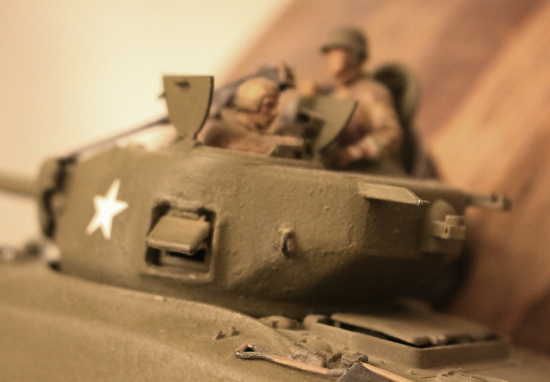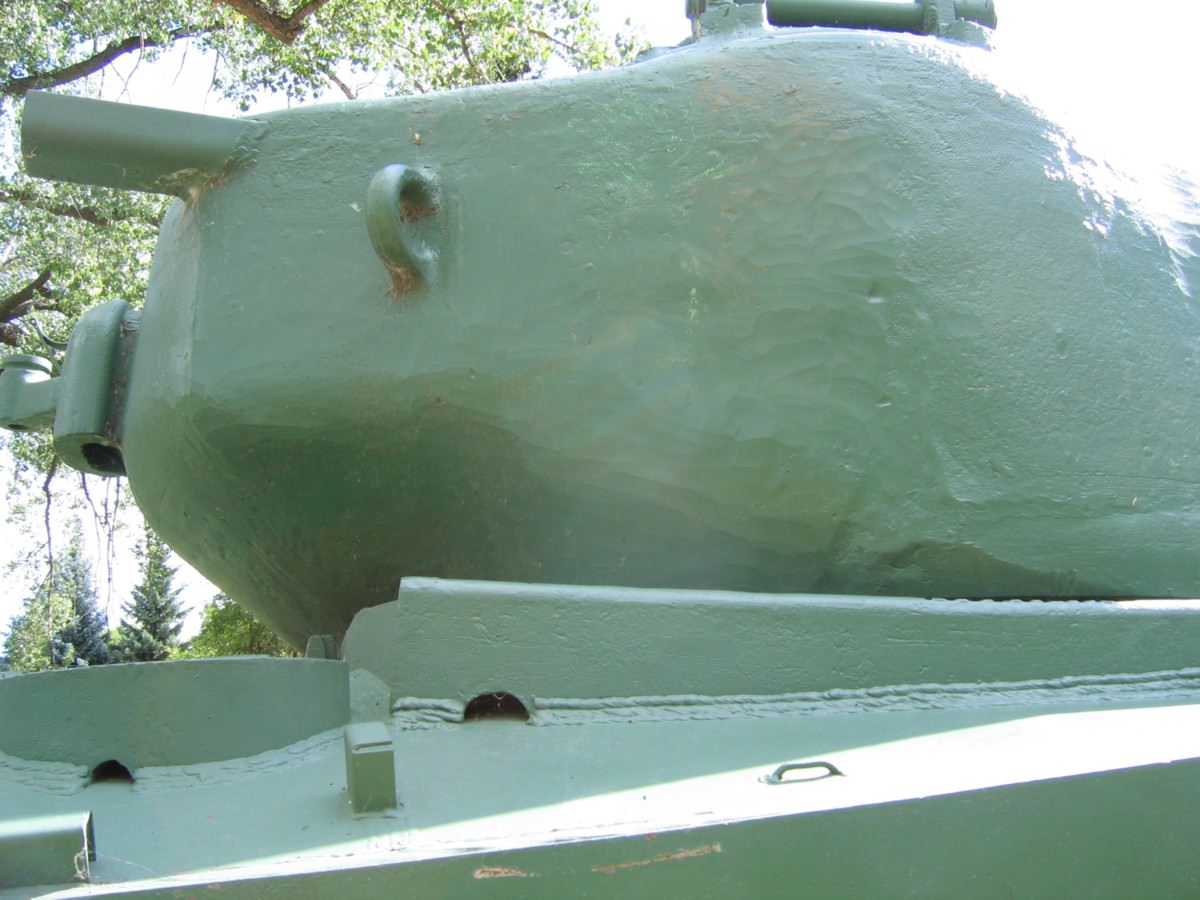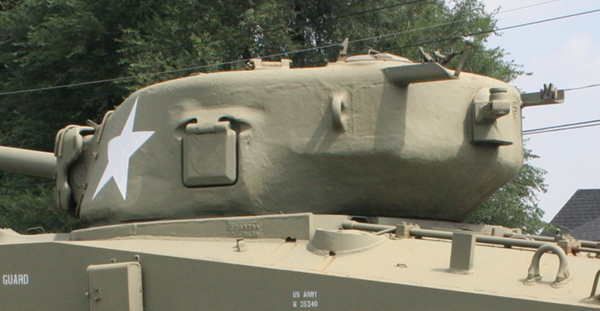
What do you guys do with this seam all the way around:
https://www.flickr.com/photos/162768545@N07/shares/nEym9d
https://www.flickr.com/photos/162768545@N07/shares/N73mq2









So sand the seam down and stipple it some how? Seems like a pita for a relatively newer kit.
















Welding thick armor plate is different than simply attaching two pieces of metal. Items simply attached to the outside surface of the turret show weld beads but in welding thick armor the seam in the metal is tapered to form a V groove and the weld is built up from the bottom of the V until it completely fills the gap between the two pieces of armor, much like a pool filling with water. In the end this operation will form a nearly flat weld surface in the face of the metal.[/I]



Since it’s right there in our faces, any tips on getting the little drain holes into an oval shape as apposed to round from using a drill bit? I try to do them on all my Sherman’s, but they’re all round


Quoted TextSince it’s right there in our faces, any tips on getting the little drain holes into an oval shape as apposed to round from using a drill bit? I try to do them on all my Sherman’s, but they’re all round
Drill two holes



p.s. I have never seen a weld bead left on the seam between the upper and lower turret halves.




That is because the turrets were NOT made in halves and welded together. Turrets were cast in one piece.
KL



Quoted Text
That is because the turrets were NOT made in halves and welded together. Turrets were cast in one piece.
KL
How did they cast a complicated shape (T23 turret), with convex and concave curves with a hollow interior, in a single casting? And why can't the plastic companies do the same?




Because the real turret was cast in a sand mould, and the mould was then broken up to pour out afterwards. Plastic kits are made in hard steel moulds, so cannot have any undercuts that would prevent the tool from being withdrawn - hence the need to make kit turrets in two parts.



Couldn't it be possible with slide-molding?



 |